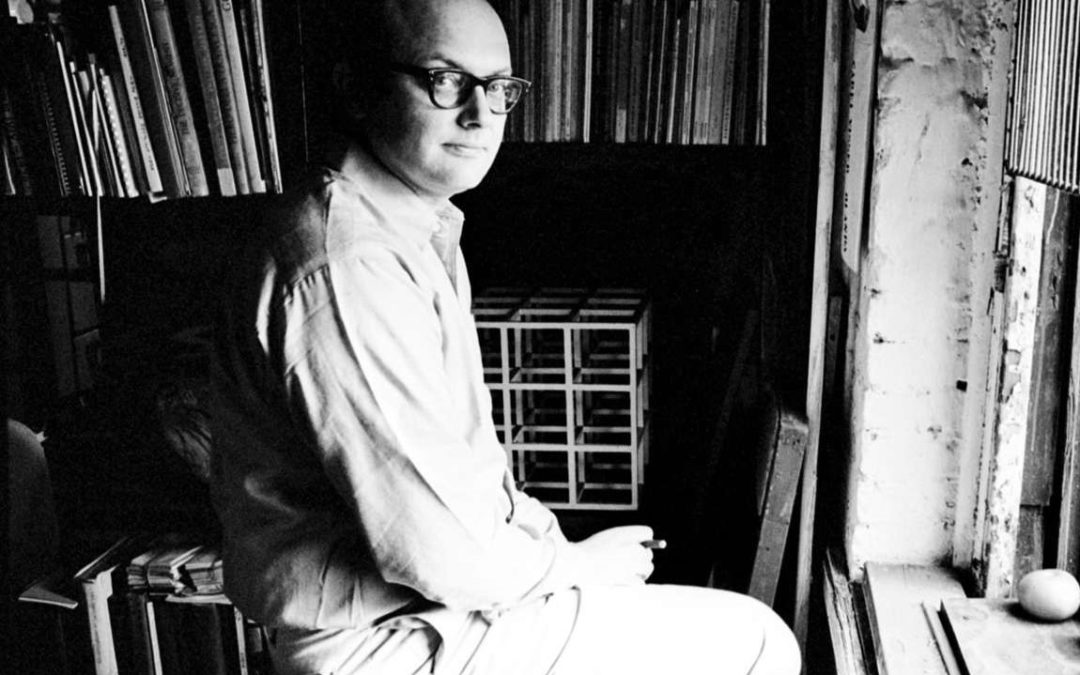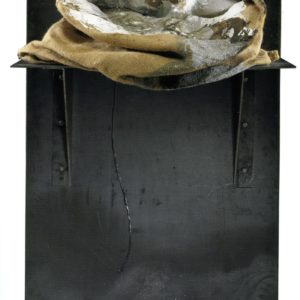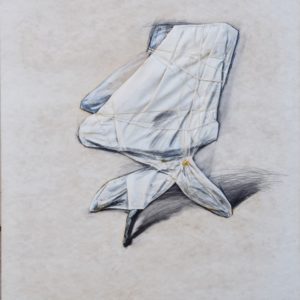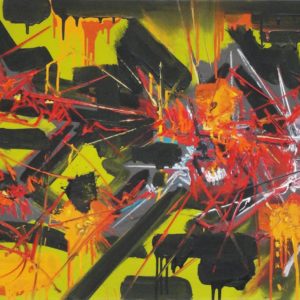Sol LeWitt
Solomon “Sol” LeWitt, who was born in Hartford, Connecticut in 1928 and died in New York in 2007, is considered the father of Conceptual Art and Mi-nimalism.
Le Witt’s first works were three-dimensional geometric forms, often series of metal or wooden cubes which show some echoes of the Russian avant-garde, particularly Constructivism and Suprematism, also of Optical Art. But they differ from these in that they are inert, made of simple materials, as if they are returning to essential structures without any particular aesthetic research. The-se are the works that LeWitt developed around the mid-‘seventies which, to-gether with those of Carl Andre, Donald Judd, Robert Morris, Dan Flavin, were among the bases of Minimalism.
But it is just a short step from producing elementary structures purged of any artisanal aspect to delegating the creation of one’s works to other people. And this was the start of Conceptual Art, i.e. the consideration that the fundamental part of the work is the idea and not the practical production. The term “Con-ceptual Art” was in fact first used by LeWitt in 1967 in the Paragraphs on Conceptual Art to express, as he himself says, an art genre in which “the idea or concept is the most important aspect of the work [while] in other forms of art the concept can be transformed in the process of execution”. Typical of his production are the famous Wall Drawings, i.e. walls painted in a great variety of geometric forms, for which he dictates the instructions leaving the practical creation to others. In the ‘80s, LeWitt’s works grew in size and complexity. He inserted new flat geometric elements such as triangles and curves. Or he produced sculptures of various forms and dimensions using in-dustrially-produced blocks of cement for the constructions. In the series Com-plex Forms instead he created prismatic irregular forms both in painting and in sculpture. He took part in the Venice Biennale several times: in 1976, 1979, 1988 and 1997. He obtained large retrospectives in some of the major world institutions, from the MoMA of New York to the SFoMA of San Francesco, and he made numerous, often site-specific, projects for public and private areas. His works are in the collections of the main world institutions. The prices of Sol LeWitt’s works vary greatly according to the type, size and period of the work. In any case, he is an artist with a solid place in the history of art, whose values tend to increase over time.
But it is just a short step from producing elementary structures purged of any artisanal aspect to delegating the creation of one’s works to other people. And this was the start of Conceptual Art, i.e. the consideration that the fundamental part of the work is the idea and not the practical production. The term “Con-ceptual Art” was in fact first used by LeWitt in 1967 in the Paragraphs on Conceptual Art to express, as he himself says, an art genre in which “the idea or concept is the most important aspect of the work [while] in other forms of art the concept can be transformed in the process of execution”. Typical of his production are the famous Wall Drawings, i.e. walls painted in a great variety of geometric forms, for which he dictates the instructions leaving the practical creation to others. In the ‘80s, LeWitt’s works grew in size and complexity. He inserted new flat geometric elements such as triangles and curves. Or he produced sculptures of various forms and dimensions using in-dustrially-produced blocks of cement for the constructions. In the series Com-plex Forms instead he created prismatic irregular forms both in painting and in sculpture.
He took part in the Venice Biennale several times: in 1976, 1979, 1988 and 1997. He obtained large retrospectives in some of the major world institutions, from the MoMA of New York to the SFoMA of San Francesco, and he made numerous, often site-specific, projects for public and private areas. His works are in the collections of the main world institutions.
The prices of Sol LeWitt’s works vary greatly according to the type, size and period of the work. In any case, he is an artist with a solid place in the history of art, whose values tend to increase over time.





